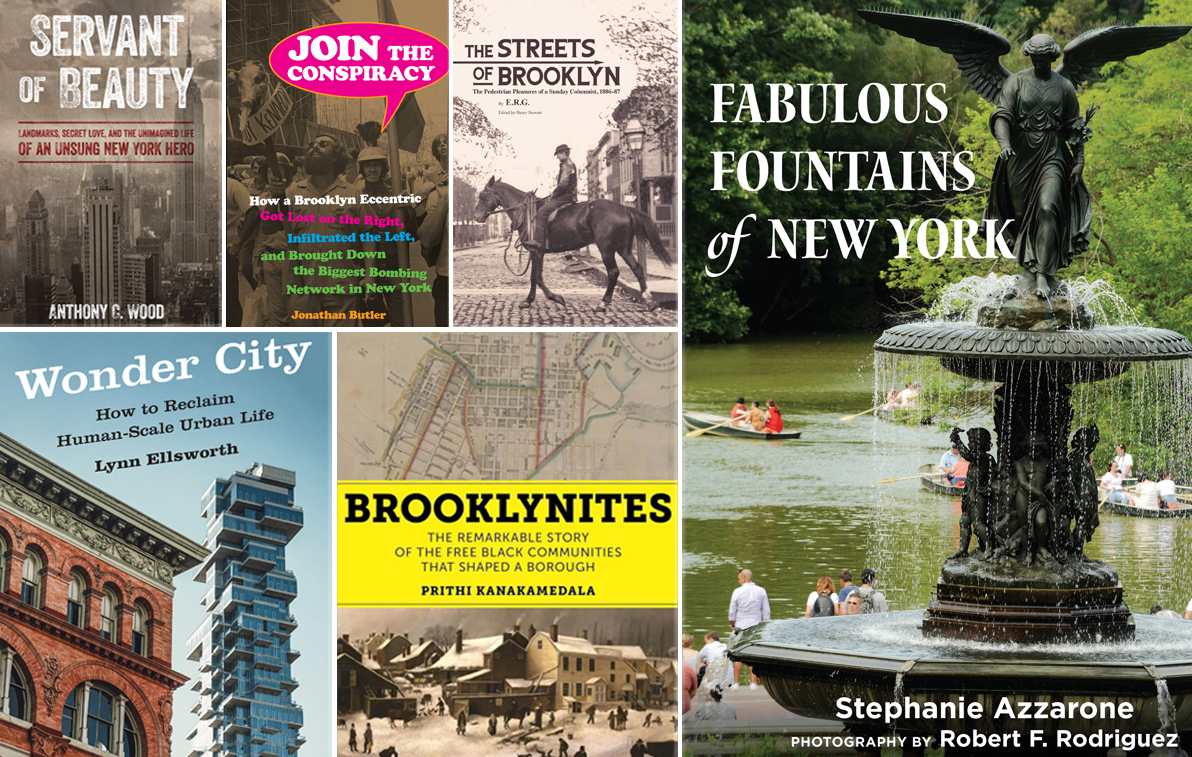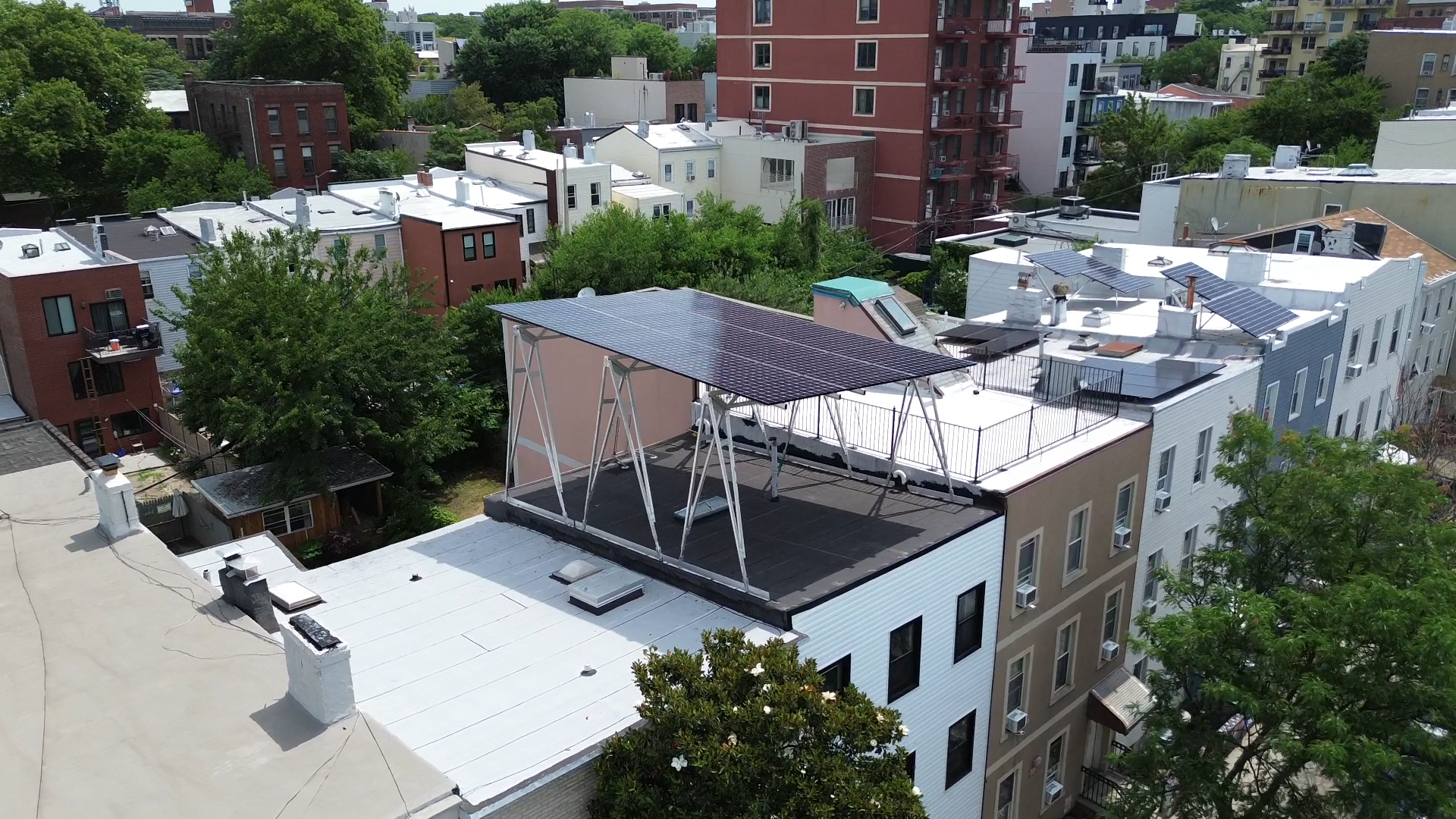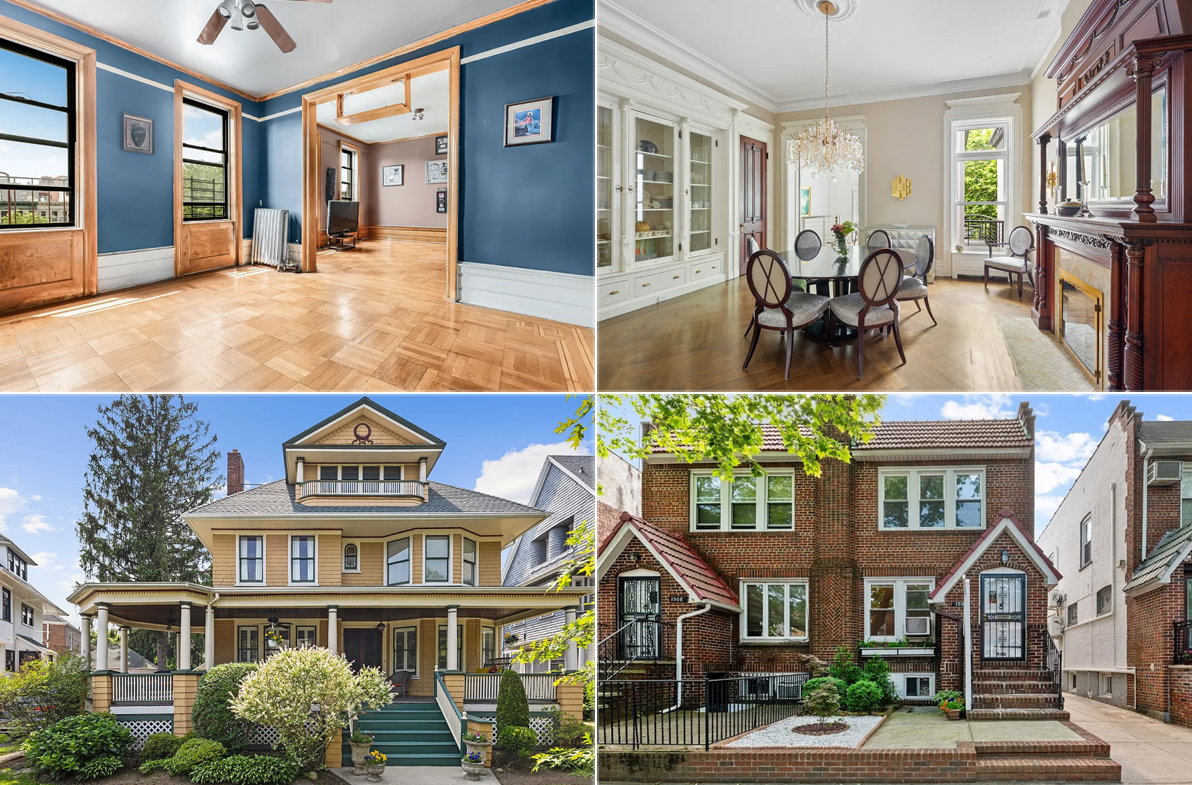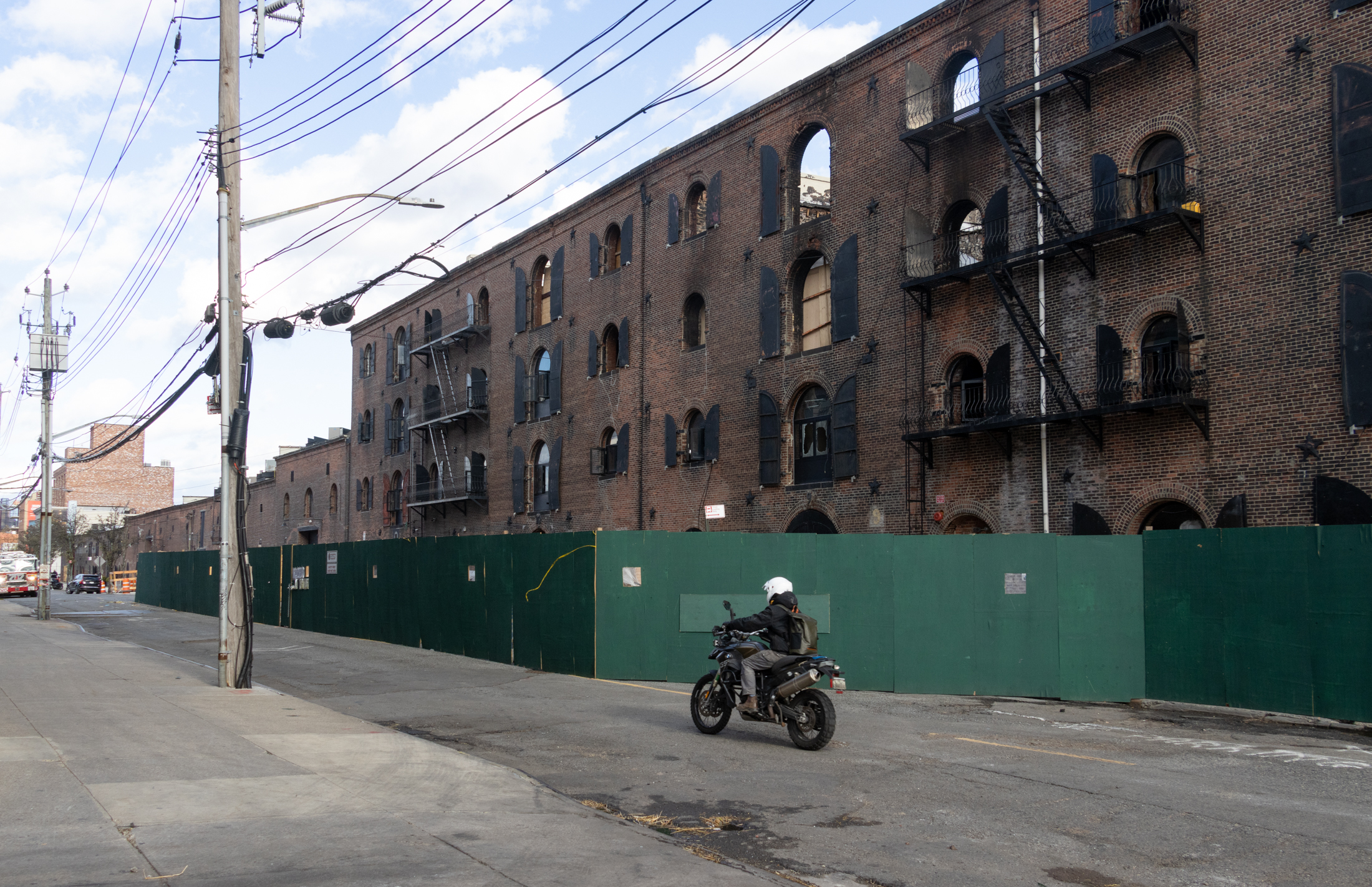Walkabout with Montrose: Terra Cotta Delights
Longtime Brownstoner community member and local architecture buff Montrose Morris (well, that’s her online name anyway) starts her regular column this week in praise of terra cotta. One of my favorite features of New York’s 19th and early 20th century architecture is the use of terra cotta and carved stone ornament. In Brooklyn, this ornament…


Longtime Brownstoner community member and local architecture buff Montrose Morris (well, that’s her online name anyway) starts her regular column this week in praise of terra cotta.
One of my favorite features of New York’s 19th and early 20th century architecture is the use of terra cotta and carved stone ornament. In Brooklyn, this ornament is everywhere. Terra cotta can be natural brick, limestone white, or glazed in brilliant colors.
Most of the terra cotta found in NYC was manufactured in Long Island City, Staten Island and New Jersey. Excellent public examples are BAM, the Montauk Club, and the Masonic Temple in Clinton Hill.

On our rowhouses, this fanciful ornament is seen in the corbels of a classic Italianate brownstone, and the ornate exuberance of the Queen Anne, Neo Gothic and Renaissance Revival styles. Portraits, animals, florals and Celtic knots abound.
Some are terra cotta, many in carved stone, all are made by anonymous carvers of great skill. After the Art Deco period, design sensibilities turned to stark Modernism. Many row houses lost their ornate facades, and many public buildings were torn down, their grotesques and foliate panels saved only by salvage companies and preservationists.

Fortunately, we’ve now come full circle, and these works of art are again appreciated for their beauty, and those buildings that feature them are being preserved for future generations. Explore your neighborhood, this art is all around you.
If you enjoy the examples above, please check out more examples in my Flickr set. All photos were taken in Crown Heights and Bed Stuy.







[Photos by Suzanne Spellen]





Yes, Mr. B. It should be longer. I for one don’t want to miss out on any details she has to give.
1842, no! How stupid. Aesthetics aside, water can get inbetween the paint and terra cotta, and chances are, it won’t last another 100 years. Plus, removing it destroys the details, especially when people power wash or sandblast paint away from brick. What a shame. Those were iconic facades.
Montrose:
Your column definitely classes up the joint!
Nostalgic on Park Avenue
These are really lovely. I’m still trying to wrap my head around the fact that you’re a woman with a moniker like “Morris.” 😉
babs, on the weekend, one of my visitors also was delighted to discover the sandstone carvings depicting woodland scenes and the four seasons with various sculptures of animals, trees, birds and other things on the terrace leading down to Bethesda Fountain in Central Park. (Yes, I know we’re talking Brooklyn and terra cotta, but your reference to the boathouse in Prospect Park reminded me of this).
We encouraged MM to limit the column to a couple of paragraphs…Do you guys think it should be longer?
http://bstoner.wpengine.com/brownstoner/archives/2007/11/commercial_sale_1.php
http://bstoner.wpengine.com/brownstoner/archives/2008/02/tenants_charge.php
For some unknown reason, the Dermot Company painted the beautiful 1890s terra cotta and brick on the apartment buildings above with cream latex paint last summer (just the ground floor). The brick and terra cotta was in good condition and had not been painted since it was built in 1890.
I called them when they started to note that it not only looked bad to paint the first floor cream/white, but let them know that it is bad for the brick and terra cotta, and reduces the property value. People spend tens of thousands of dollars to undo such paint jobs and presevere the stone and terra cotta. Needless to say, the person I spoke with was clueless and said they’d look into it. Too late as the job was done in a couple of days. I was surprised that a company that has been rehabilitating buildings such as the Williamsburgh Savings Bank would be so misguided in this instance, regardless of the issues described in the link above regarding displacement.
More4less, I knew you’d catch that one. It’s a fantastic building.
Babs, so true, thanks. Ward’s Bakery was a big loss. The building the Goldstein’s of DDS, at least I think it’s where they live, also has a lot of glazed terra cotta trim. We need to look up more often. I just noticed some on Nostrand Avenue that I hadn’t seen before the other day, as well as on the theatre, now church, on the corner of Nostrand and Eastern Parkway, which I didn’t have photos of.
MM, these are beautiful! May I also recommend the boathouse in Prospect Park and the houses on Sterling St and Lefferts Ave, as well as Grace Church and Rogers Ave. small apartment buildings, in the PLG historic district. Unfortunately, Ward’s Bakery was also a fine example of use of this material.